Today I’m rolling forward with another distillery visit for Distillery Month here on Traveling Savage. Last week I wrote about Strathearn Distillery in Perthshire and announced my impending return to work there for a week at the end of this month, but today is all about the wild and windy northland. Caithness stands in the northeastern-most corner of Scotland, just across the Pentland Firth from the Orkney Islands, and makes one of the far corners of the North Coast 500. This is a gentle landscape of cow and sheep pastures sloping to the sea, and the most heavily populated region of the northern highlands, though this isn’t saying much. Here, outside Thurso, the northernmost outpost of civilization on the Scottish mainland, stands another new distillery: Wolfburn.
I found my way to Wolfburn Distillery at the tail end of my jaunt around the North Coast 500 and met Charlie Ross, our quietly agreeable and self-effacing guide who provided a wealth of information about the distillery and its history. The distillery itself, a mix of large industrial sheds and warehouses, is somewhat hidden in a business park outside Thurso. At the time of my visit there wasn’t a sign out front advertising the distillery, but I only needed to follow my nose. Charlie had a bit of an audience as I’d showed up with my entire entourage (Sarah and my parents), and he spoke to us about Wolfburn history as we stood outside on a gorgeous June day.
While the Wolfburn Distillery of today recently turned four years old, there stood a distillery here by the same name some 150 years ago (though there’s nothing left of it). The Wolf Burn is the nearby water source, and the founders of the new incarnation of Wolfburn Distillery seized on that history. They started from a place many of us would start from: They loved whisky but had no idea how to make it. In 2011 and 2012, they went around Scotland and experienced distilling for a week at a time at various distilleries, and then advertised for a distillery manager. This position proved to be a rare opportunity, for the owners gave free rein to this person to develop the style of whisky and then reverse engineer the entire distillery and process. I can’t think of another case like that anywhere in Scotland.
They found their man in Shane Fraser, who was the manager at Glenfarclas at the time. Shane has spent his whole life in the whisky industry, first starting at Royal Lochnagar when he was 16 before making his way through Oban to Glenfarclas. Shane envisioned the style of Wolfburn to be a fragrant, floral, lighter spirit and then developed everything from the type of mash to the length of fermentation to the wood policy to create that spirit. Forsyths of Rothes was contacted to build the stills and oversee the construction of the site, which was done between August 2012 and January 2013. With Shane is Iain Kerr, the operations manager, and between the two of them they produce 115,000 liters of spirit each year. To put that in perspective, Glenlivet makes that amount in a week.
We head inside a very clean and tidy distillery where the stills are running hot and loud before heading over to the mill. Building a distillery from scratch has its advantages — the sensible workflow in the arrangement of the various parts of the distillery is immediately apparent. Most of the whisky Wolfburn makes is unpeated, and they use roughly a lorry load of malted Concerto barley from outside Montrose each month. Aside from a pair of big, red washbacks and the grist auger, which hail from Caperdonich distillery, everything at Wolfburn is brand new and purpose-built, including the Alan Ruddock AR2000 mill. No Porteus Mill here! They grind down the barley to a ratio of 20% husk, 70% meal, and 10% flour before it’s added to the mash tun. Every three months or so a lightly peated (10ppm) batch goes through Wolfburn, which gives them more options for experimentation.
Shane and Iain work six mashes each week, and they aim for long mashes yielding clear worts. The mash tun is a thing of beauty and I’m told it’s the most expensive piece of the distillery, which catches me by surprise. I always assume the stills are the priciest part. A typical mash includes 5,000L of water, 1,100kg of malted barley, and 5kg of dry distillery’s yeast. The water is pumped from the Wolf Burn a mile and a half away. Since Wolfburn operates five days a week these mashes tend to have longer fermentations anywhere between 67 and 92 hours. It’s all part of the plan to produce that floral, fragrant, light spirit Shane devised. The path to get there involves long mashes, clear worts, long fermentations, and gentle distillation.
The clear worts drain from the mash tun and go through a heat exchanger to cool down before filling the stainless steel washbacks. They’ve opted for modern washbacks rather than traditional wood ones for ease of maintenance. Are they losing an influence on flavor without the wood? It’s just one of many mysteries in the distilling process. Once the washback is filled they pitch the yeast and kick off the fermentation. The leftover draff from the mash tun goes to a local farmer for animal feed for free, as does the pot ale from the stills. A glorious, cidery smell wafts from one of the open washbacks.
A narrow walkway leads between the washbacks to the stills, and the heat pouring off them could cook an egg from several feet away. Wolfburn is built around two stills made by Forsyths — a single wash still and a single spirit still. A handwritten log rests on a podium that reminds me of the bridge of the Death Star. Here Shane and Iain and their two new apprentices track the details of the distillation. This isn’t the only thing done by hand at Wolfburn. In fact, the entire distillery is free of computerization, a purposeful choice they made at the outset. Some might think that’s needlessly backwards, but computer systems are costly and not nearly as important in small distilleries. What’s more, their absence opens the door for the art of the distiller to return. The guys are taking all temperature and hydrometer readings by hand. Who knows, they might even be smelling and tasting the newmake.
Low wines pour off the wash still at 22-21% ABV. These are collected and mixed with the foreshots and feints from previous runnings of the spirit still to charge the next spirit distillation. They run the spirit still slow and begin collecting the foreshots at 74% ABV. They run for ten minutes before the start of the heart cut, that part of the distillation destined for barrels, which runs from 73% down to 61% ABV. Everything after this is the feints, and they don’t waste a drop. Most distilleries run this until there’s only 1% ABV coming off the still.
In an ideal world the lyne arms extending from the top of the stills would be horizontal or even slightly inclined. Such an orientation would increase reflux and yield a lighter spirit, perfect for Shane’s vision. However the construction of the roof here at Wolfburn prevented this design. The lyne arms connect to a pair of modern condensers filled with 70 small, copper pipes running with cold water that serve to condense the alcohol vapor before it runs through the spirit safe. The heart cut is collected and pumped underground to the warehouse for filling. It’s one of those convenient workflow designs possible when building a distillery from scratch. There’s a lot of tracking that goes on for each distillation, and if there are environmental differences during the process they mark the casks that hold the whisky in question.
We leave the distillery proper and head outside to warehouse number one. There are several warehouses on site, and they hold all of Wolfburn’s whisky in addition to a bottling line. The warehouse has the aroma of god’s cologne. It is a traditional dunnage warehouse loaded with barrels of many sizes, from quarter casks to Sherry butts. Most of the barrels that age Wolfburn are ex-Bourbon though there are quite a few Oloroso Sherry butts and even some small octaves. At the time of my visit, all of Wolfburn’s bottled whisky had aged in second-fill quarter casks that originally held Bourbon and then an Islay whisky (Laphroaig). Some had just been emptied of Wolfburn’s spirit, and those would become third-fill quarter casks.
The heart cut comes into the filling store at 69.5% ABV before its strength is reduced to 63.5%. That’s around the ideal strength most distilleries aim for before putting the newmake into casks. I wish I knew why, but that’s just another mystery to solve on future distillery visits. Over the course of three years, the Angel’s Share takes about 3.5-4% ABV and 10% of each barrel’s total volume. Shane wears pretty much every hat at Wolfburn — he even serves as the master blender. In fact, he and Iain swap jobs every week (one on mashes, one on distillation) for simple variety, and when needed they can both serve as coopers. The sheer amount of skill these guys have is incredible.
We finish up the tour with a nice tasting back in the distillery. Charlie produces a trio of tastes on a properly thematic barrel. By this point we’re all salivating, and the first taste is their newmake fresh off the still. It clocks in at 69.9% ABV but is incredibly light and smooth and lacking the grainy flavor of so many distilleries. Instead I pick up pineapple and a host of interesting flavors I can’t quite name. There’s a wonderful complexity to the newmake, and my dad advised Charlie to start selling it as is. He really liked it.
Next up was a sample of their peated newmake. At only 10ppm it’s considered lightly peated, but the peat came through loud and clear on the palate. Much of this is mellowed by the wood once it’s aging, but here it’s quite strong and tasty. Some banana, cereal, yeast, and a tartness floating atop the peat smoke. This newmake was surprisingly flavorful with a long, warming finish. Both newmakes show the quality of the base spirit, and I’ll go on record here saying it’s the best newmake I’ve ever tasted.
Finally, we got to sample their first bottling, a 3-year-old unpeated whisky aged in those quarter casks I mentioned above. This bottle has since been named Northland, if you’re seeking it out. The beautiful heart of the newmake forms the spine of this whisky, but it’s mellowed out here with hints of fruit — think grapes — honey, chocolate, and coffee. A slight saltiness and trace of smoke swirl behind. It has a deliciously creamy mouthfeel that turns this into a really well-rounded dram. I’m highly impressed at the complexity for a whisky that’s only three years old.
I managed to snag Shane as the tasting winded down and he graciously agreed to a photo. He’d been busy doing every job you can imagine while I’d wandered around (he was driving a forklift when I finally caught him). As with so many distilleries, there’s a lot of heart and soul going into Wolfburn. Personally, I find their approach refreshing: Keeping it small and traditional with a focus on hand-crafted quality whisky. What’s not to love?
Since my visit Wolfburn has released their Aurora expression, which is their first Sherried whisky, and another which is the first in a special line of bottles called the Kylver Series. This is an exciting distillery to follow. I brought home a bottle of Northland and I’ve yet to open it, though I knows it’s available stateside. Give Wolfburn a taste when you get the chance. If you’re anything like me you’ll be howling for more.
Disclosure: Wolfburn Distillery provided me with a complimentary tour and tasting. All thoughts and opinions expressed here, as always, are my own. Note: Visits are by appointment only.

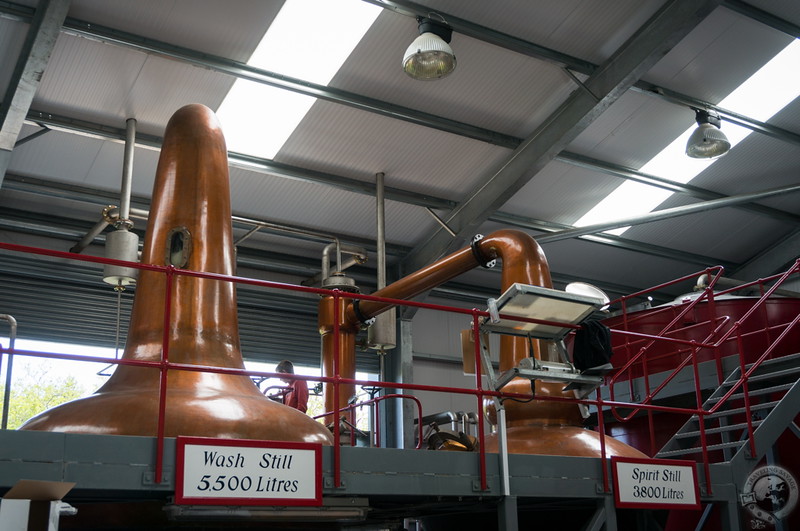
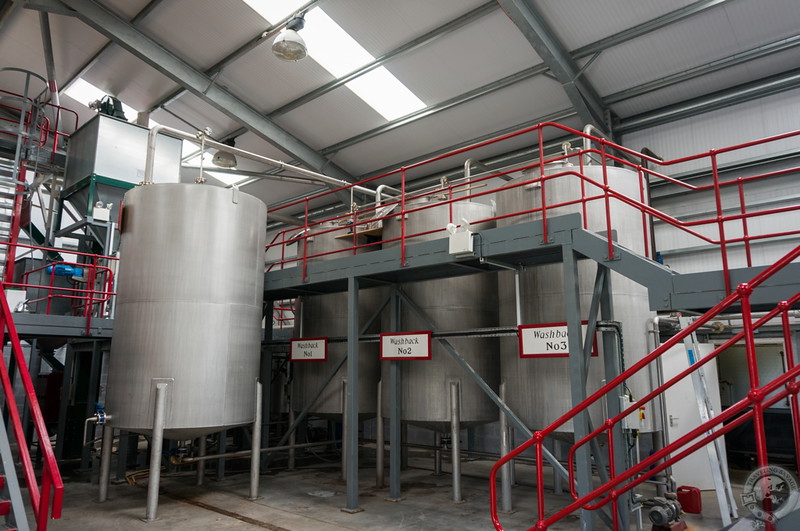
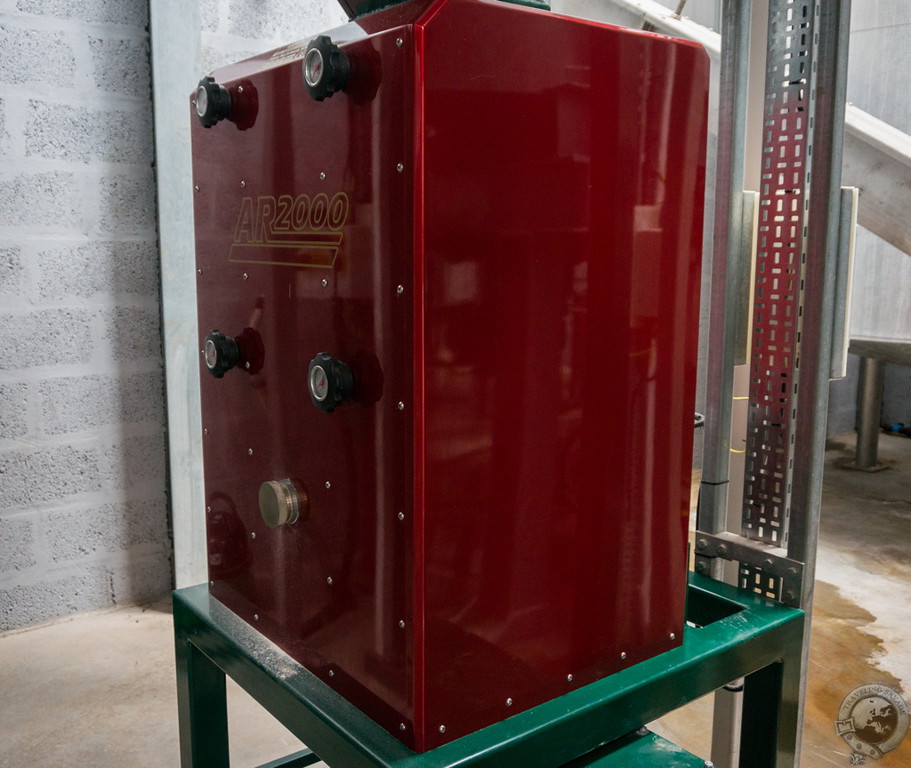
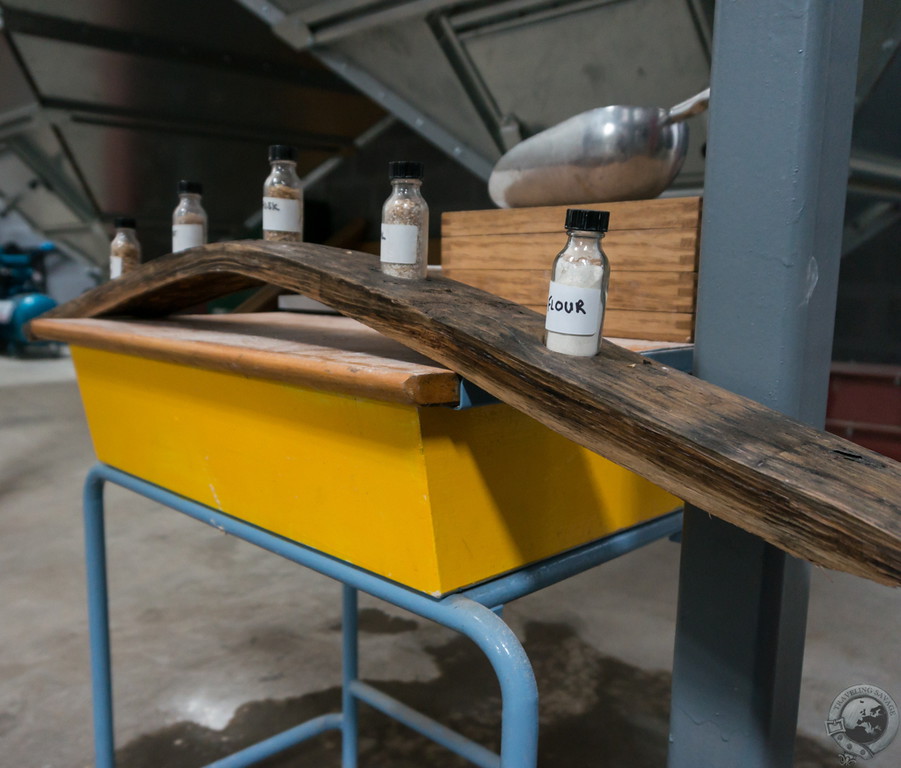
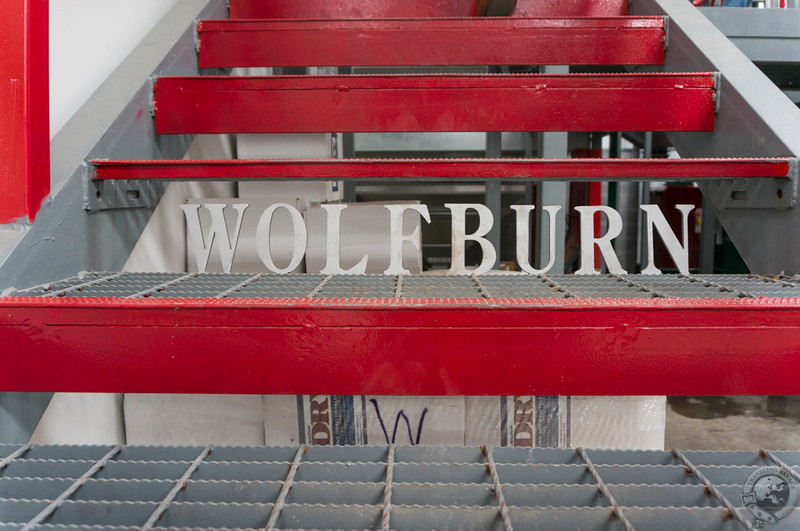
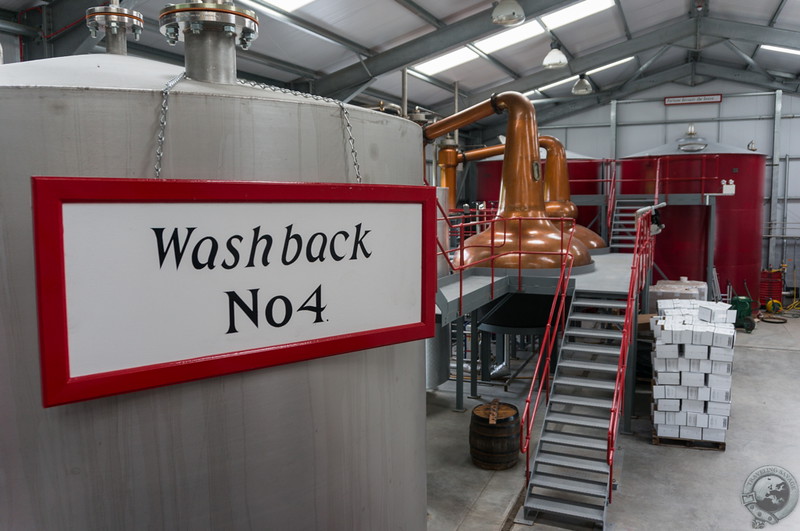
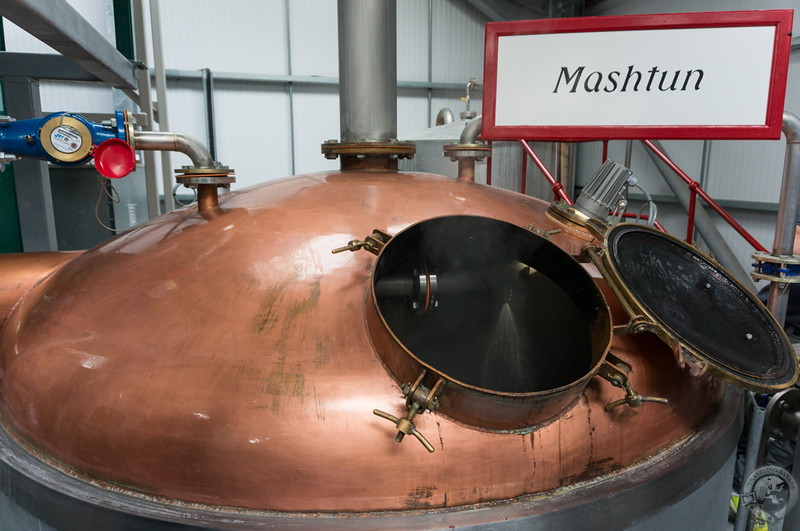
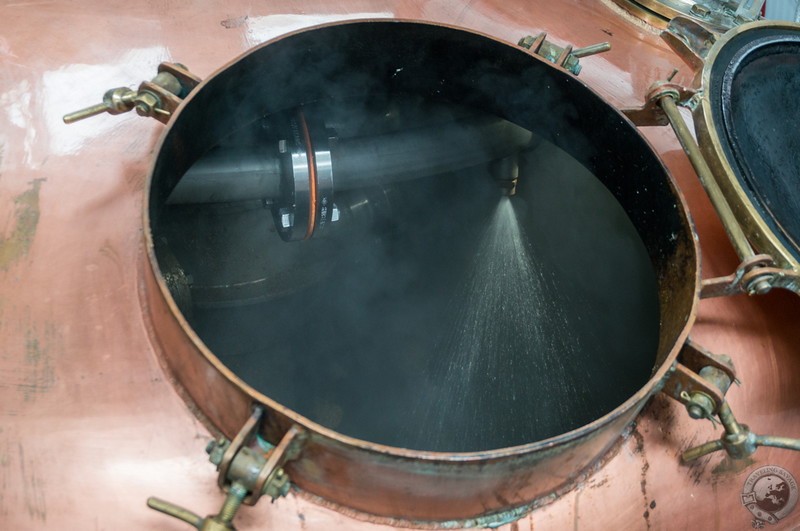
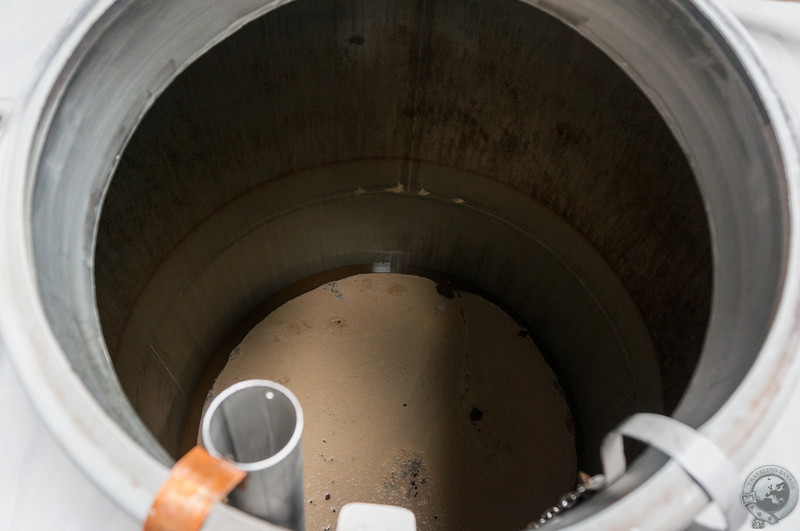
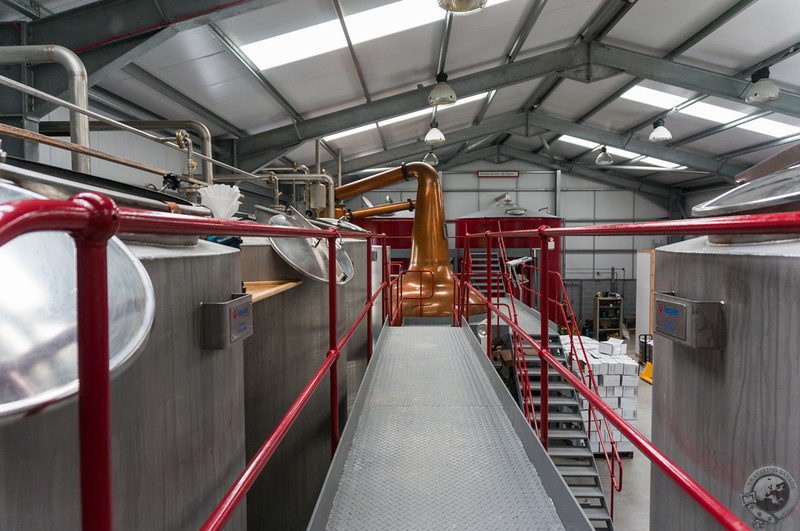
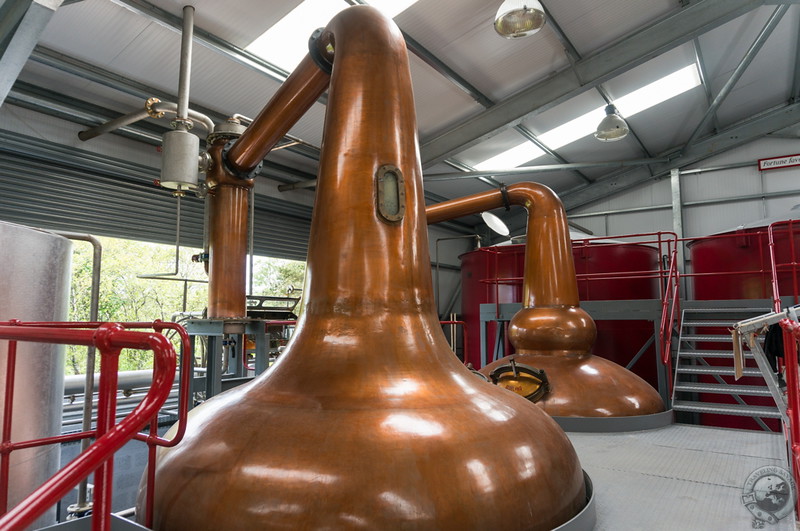
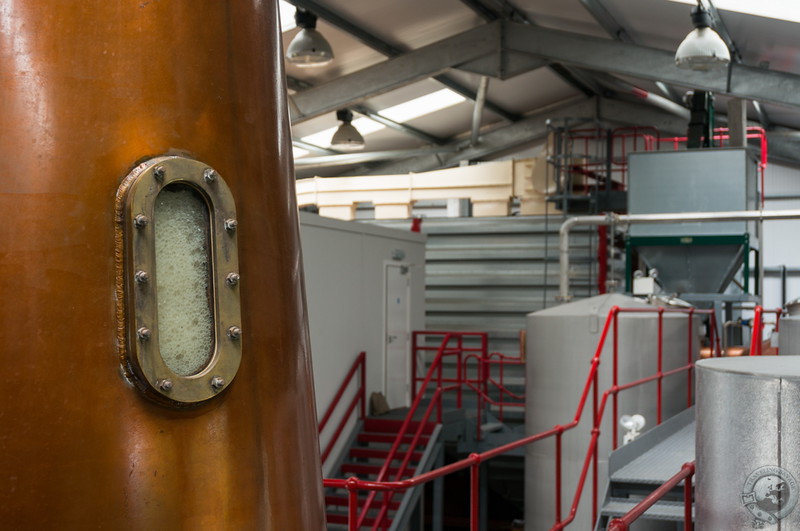
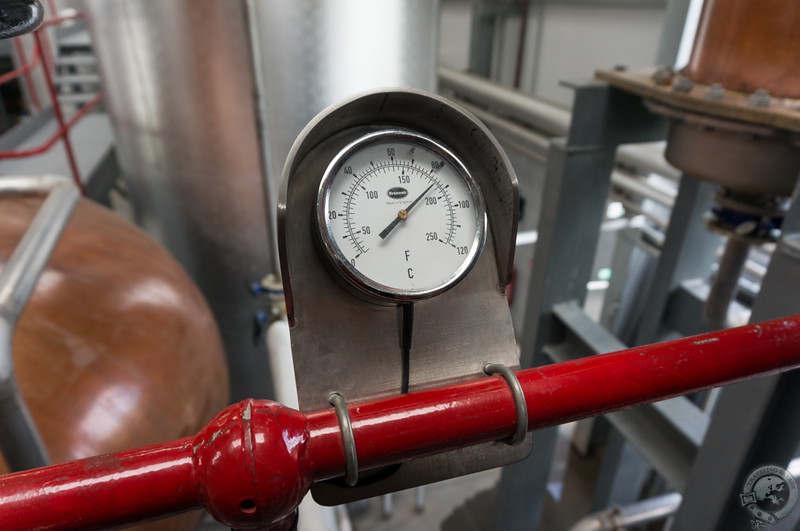
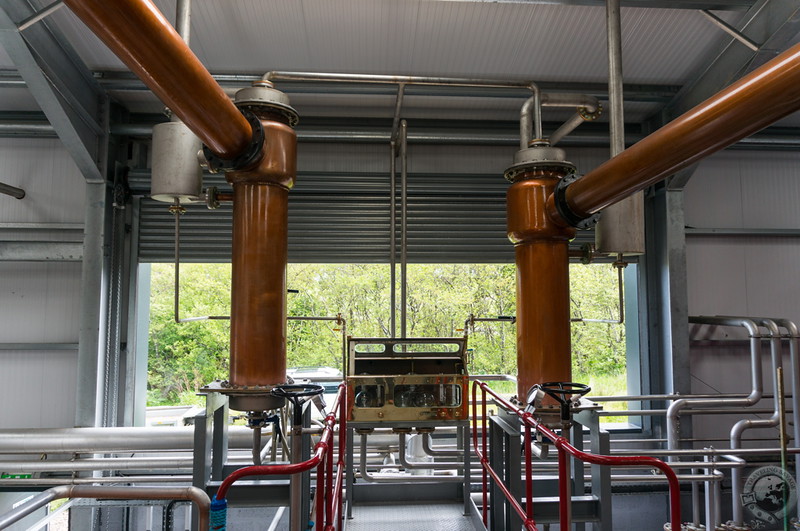
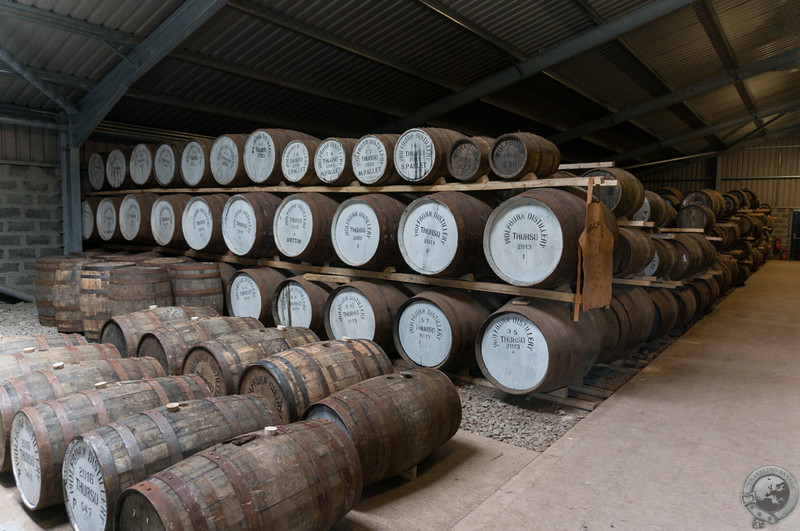
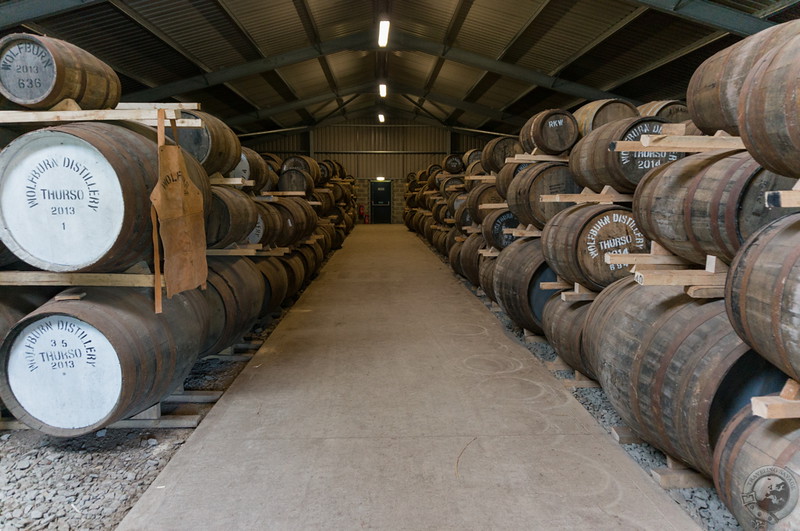
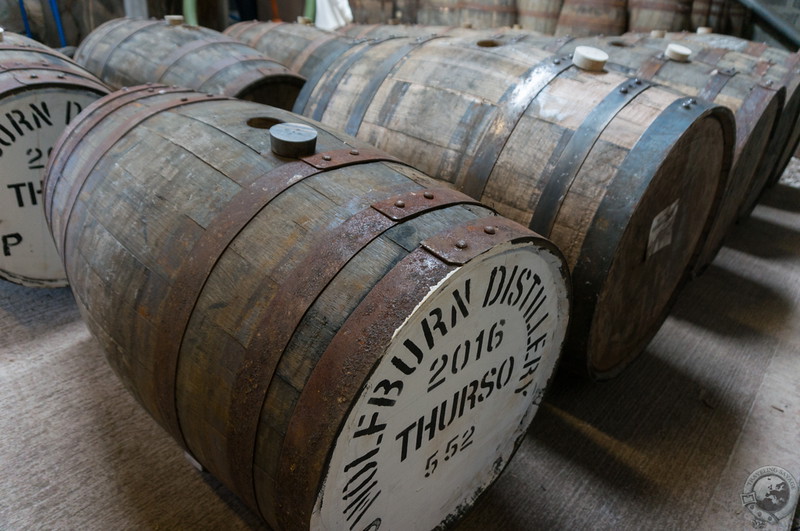
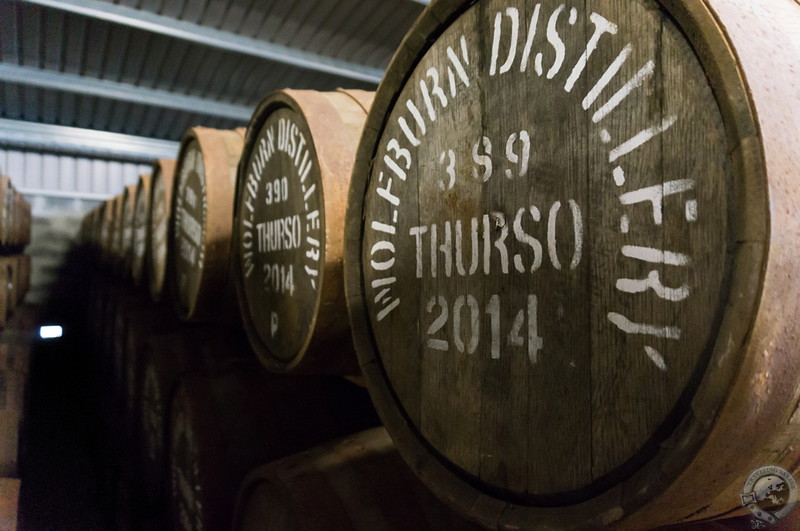
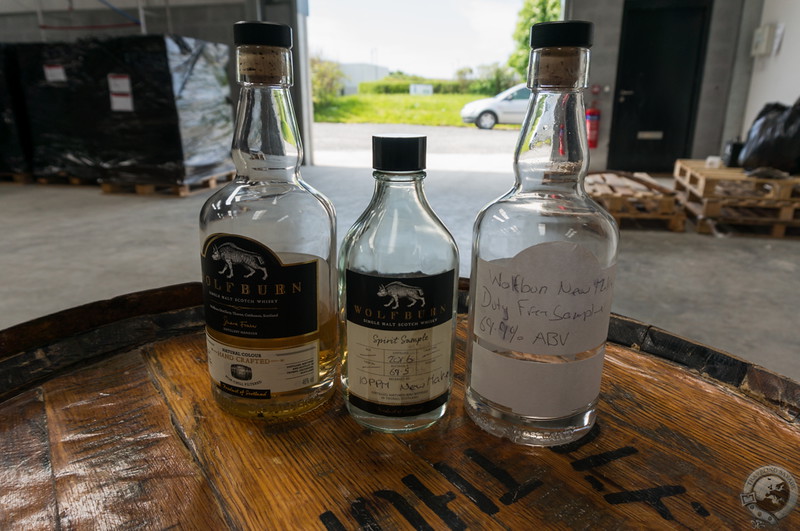
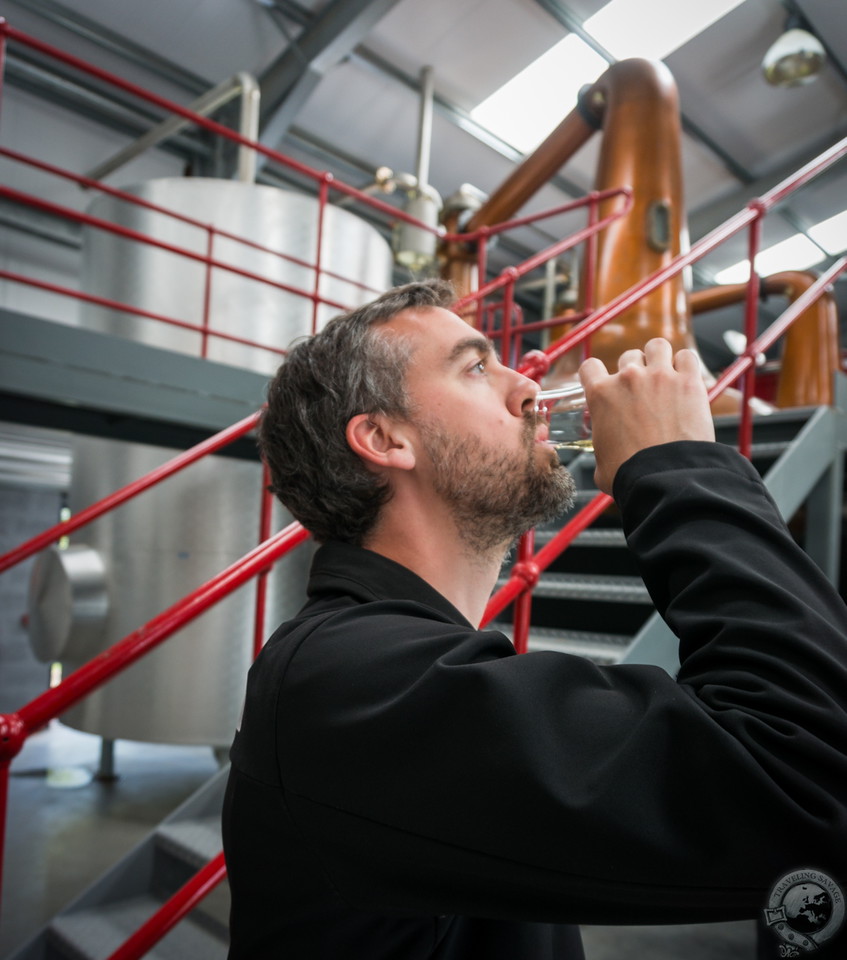
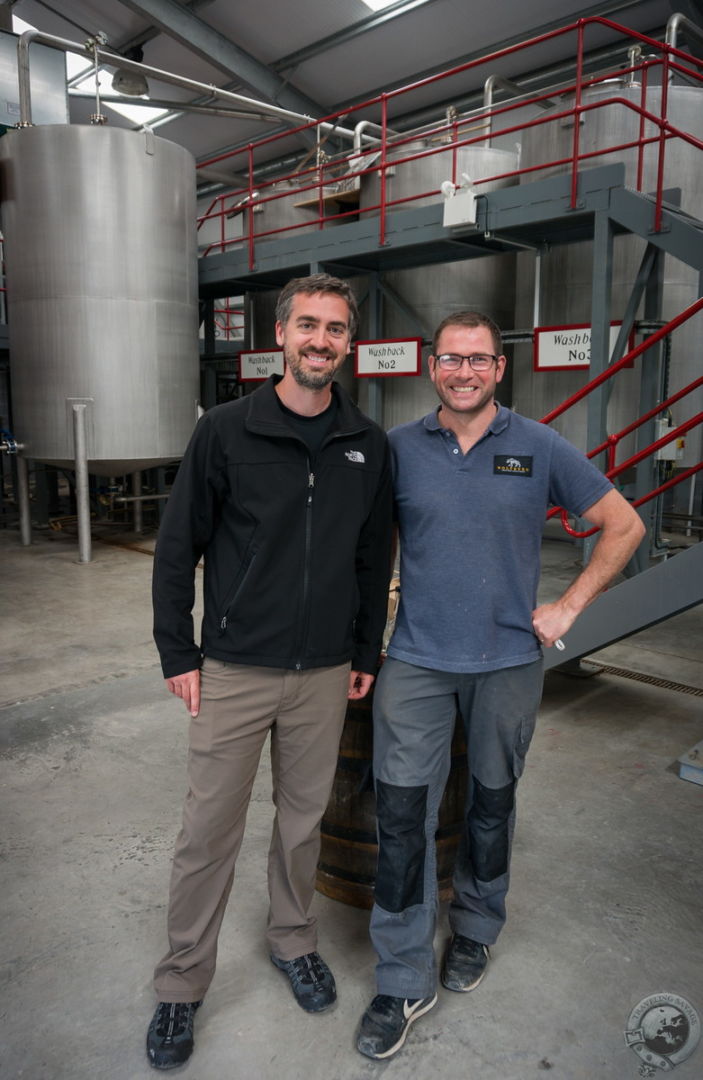
Sounds really good. I’ll be on the lookout for them.
[…] the last couple of weeks I’ve written about Strathearn Distillery and Wolfburn Distillery (the 600th post on Traveling Savage!), and I’m continuing distillery month with a look at […]